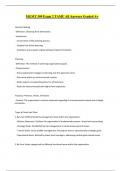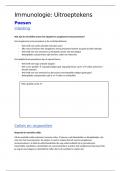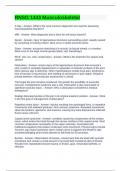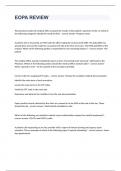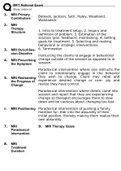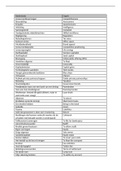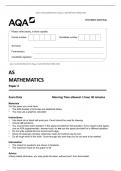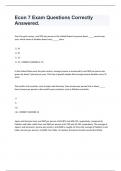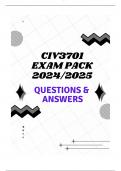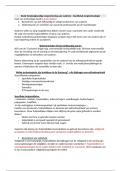Exam (elaborations)
MGMT 309 Exam 2 TAMU All Answers Graded A+
- Course
- Institution
MGMT 309 Exam 2 TAMU All Answers Graded A+ Decision Making - Definition: Choosing from alternatives. - Importance: - Cornerstone of the planning process. - Catalyst that drives planning. - Underpins every aspect of goal setting and plan formulation. Planning - Definition: The method of achievin...
[Show more]
